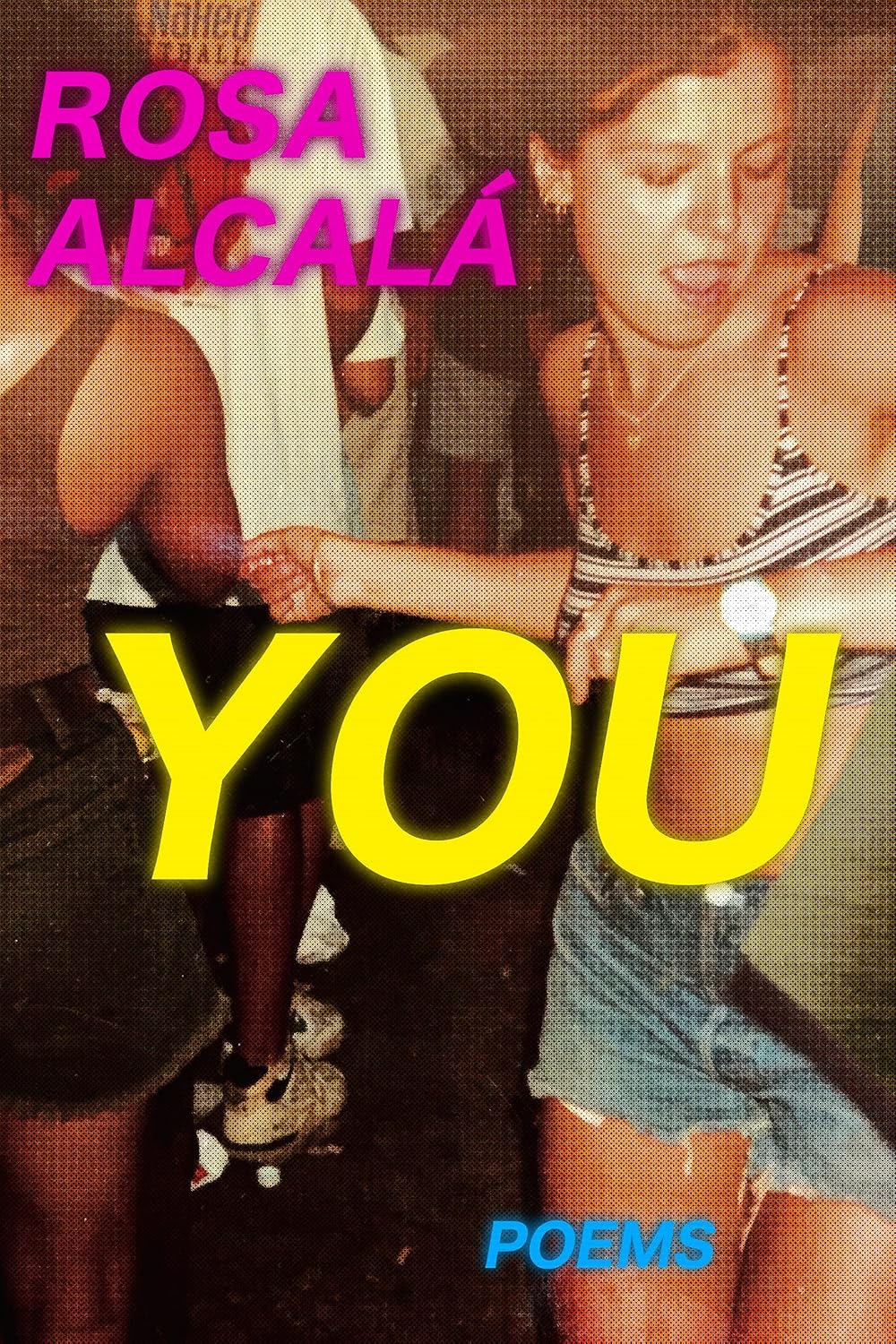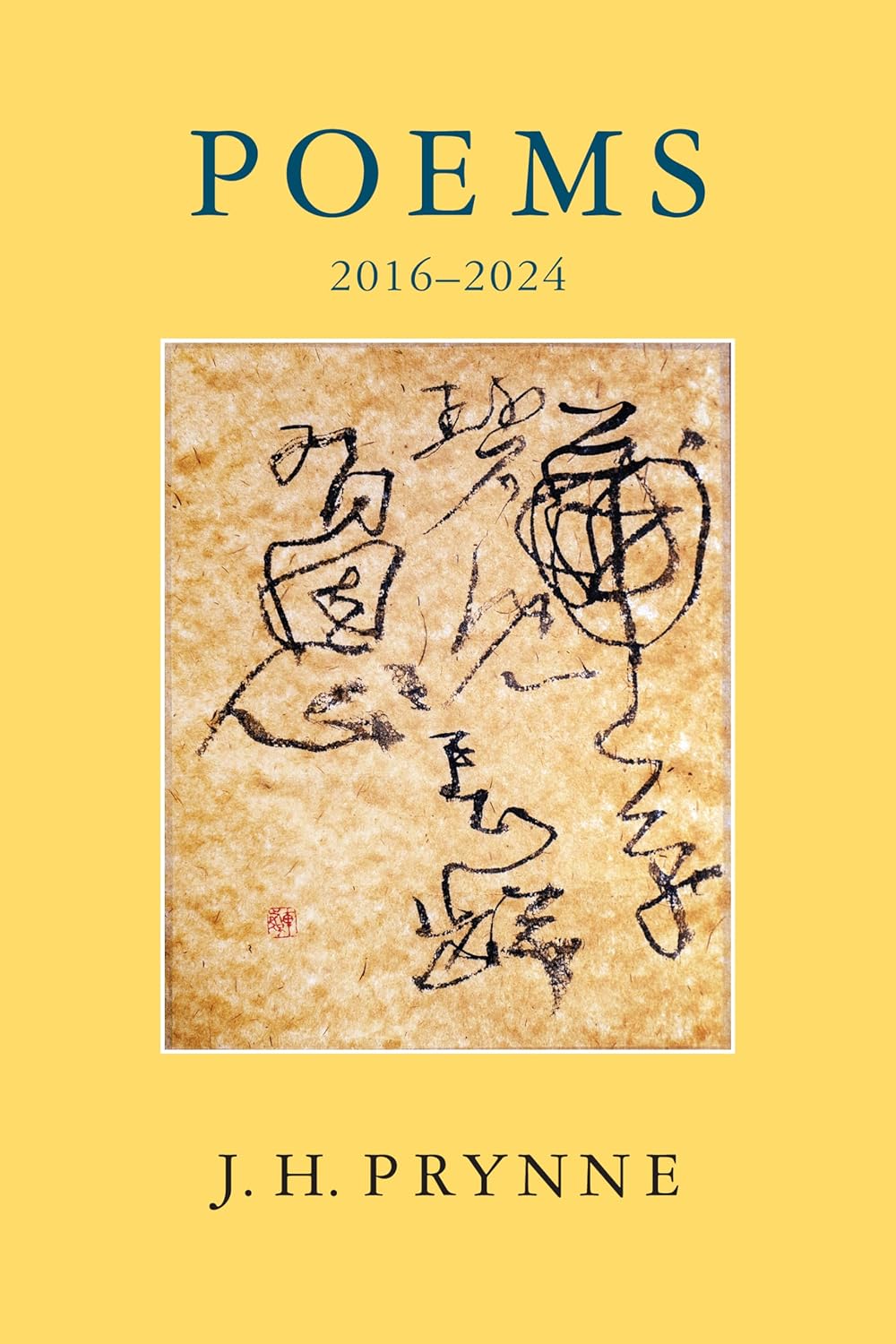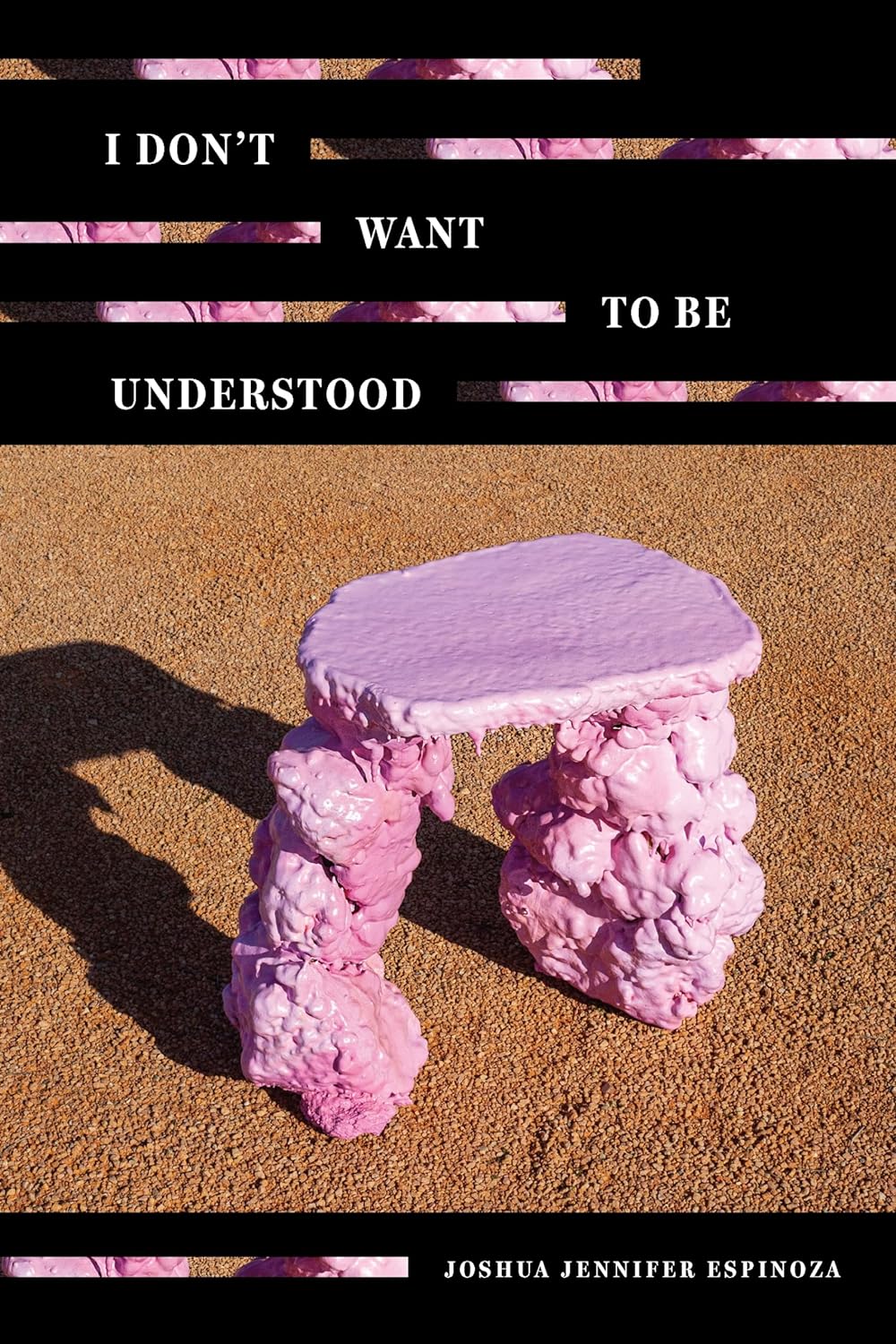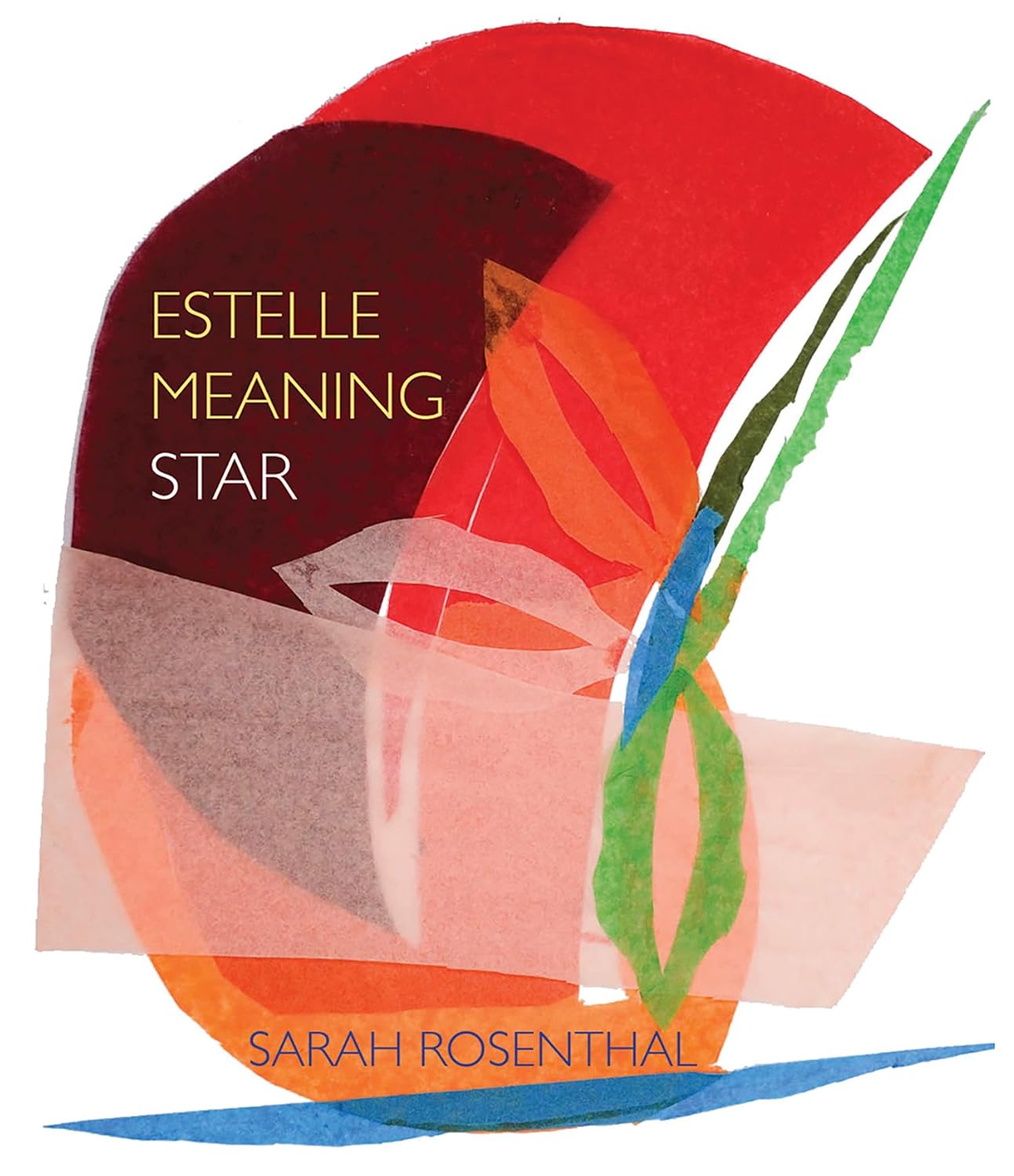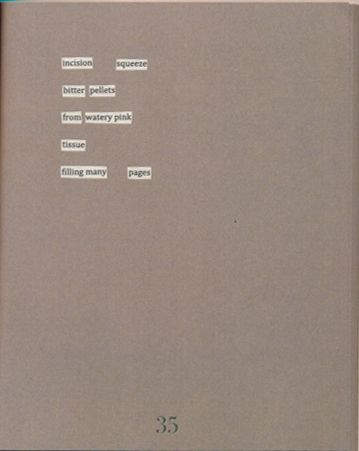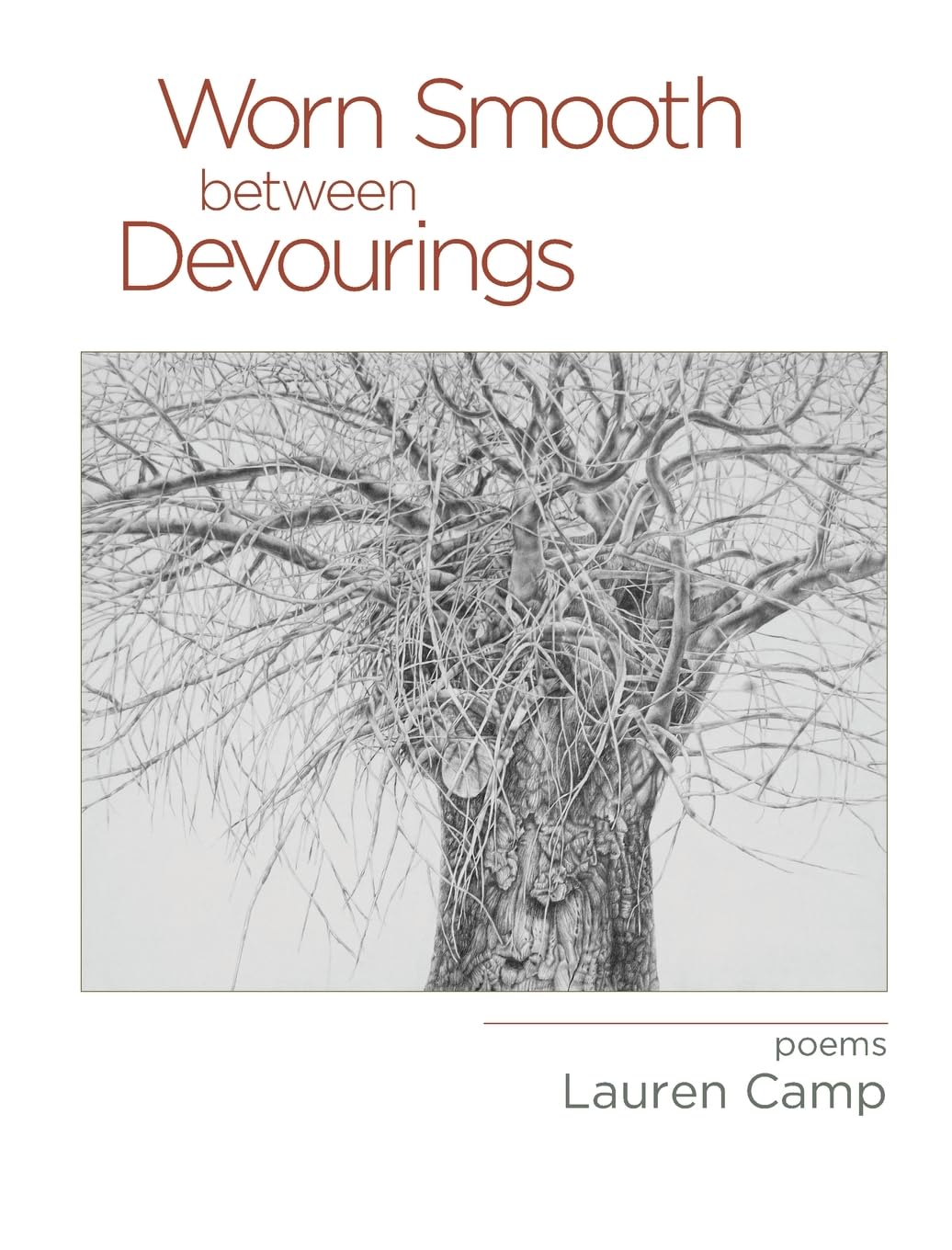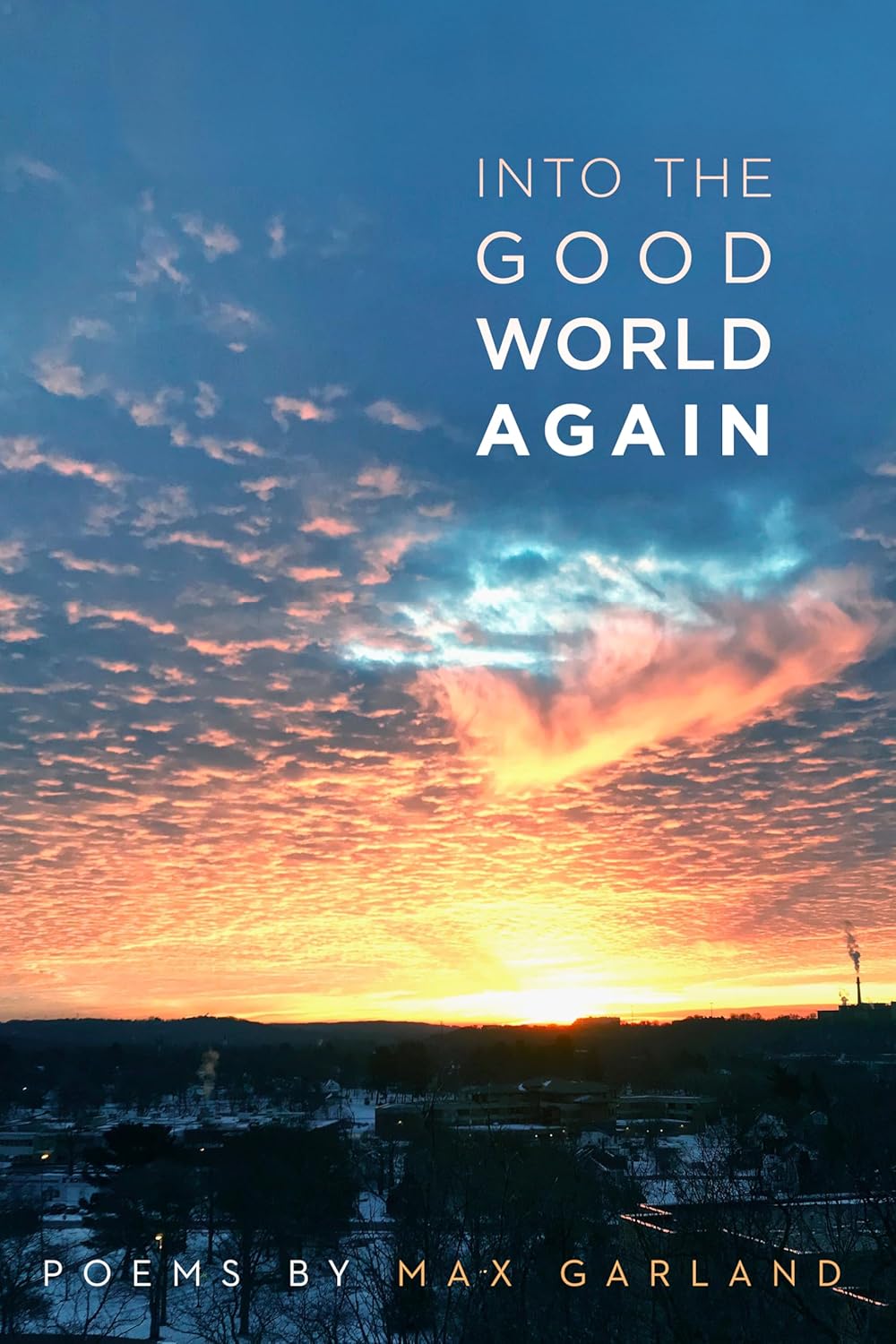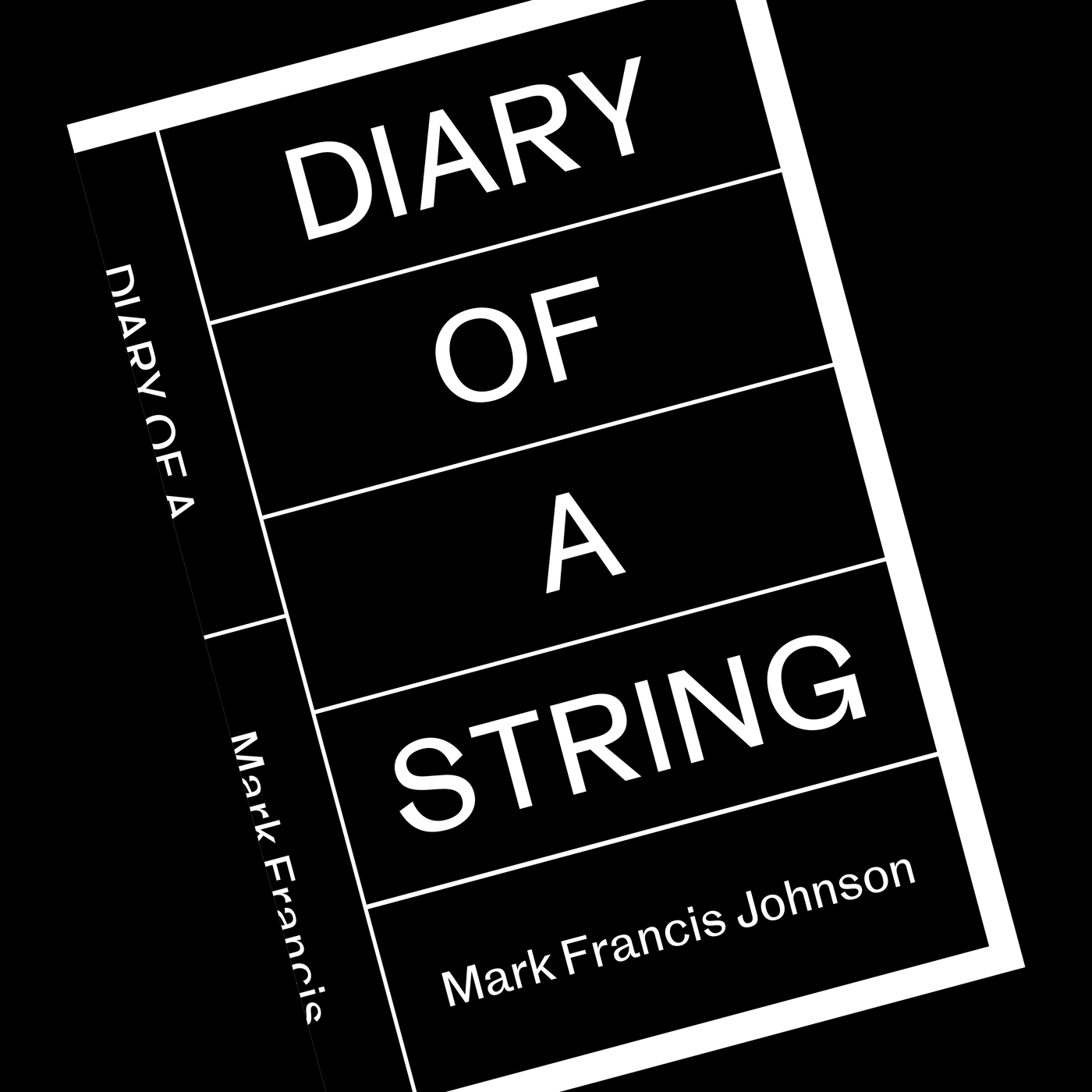Raye Hendrix
Texas Review Press ($21.95)
A remarkable debut collection, Raye Hendrix’s What Good Is Heaven interrogates kindness and mercy while exploring love’s complicated gestures. In “Animal Instinct,” the speaker remembers finding a squirrel “fallen from its piney drey, eyes still sealed // with birth” while walking in the woods with her father and dog. She jerks the dog’s leash to prevent it from eating the squirrel; her father tells her to “leave it to die quickly— / let the dog have his merciful doggy way.” Instead, she brings it home to “a slow death over days / in the rust of a long-dead hamster’s cage.” The adult speaker wonders how “to know when kindness / means crush instead of heal.”
The animal world often provides Hendrix with fodder for such meditations. In “The Bats,” the father and daughter find baby bats frozen to death. The daughter reaches for them, but her father
says to leave them for the wildcats
and the dogs that run the mountain
he asks me to be more like
winter beautiful but hard
he says despite my softness
everything must eat
The poem “Mercy” shows the inverse: kindness dressed as harm. Here, child and father find a near-dead raccoon, and this time he “gave me the rifle / said it was time I learned // mercy.” The father’s efforts to push the softness out of his daughter is not an unkindness but an attempt to armor her against the violence of the world.
Just as kindness and harm are intertwined in these natural scenes, so too do they interface in human relationships. As a Southern queer poet, Hendrix understands that people and places one loves can do harm. “Daughter” begins:
I was loved with a Bible
a belt I ate Ivory
soap I was sent out
to choose the switch
Perhaps even more tremulously, it ends:
He once told me (made me
swear to keep it secret
to never tell my sister)
that he loved me the most
Thus is the recipient of the father’s greater love also the recipient of his greater harm. In “Bloodletting,” Hendrix writes directly about the relationship between care and harm:
if the Greeks can be believed
then opening a vein
is Hippocratic: violence
cloaked in an oath of care
Hendrix also interrogates their own complicated love of a Southern home that has not always loved them back. They depict their hometown of Pinson, Alabama as a place where roads are “pothole-pocked / and going nowhere,” “the people are proud // to be holdout Confederates,” and the corrupt Mayor is replaced by “another reclining in his chair.” “But there’s jasmine here,” Hendrix counters; “There’s light.”
In “Pinson” and in What Good Is Heaven as a whole, the litany of details accumulates with force. Noticing and holding them itself seems to offer a proof of love—who but a lover could write “the algae // a million emeralds sunk just beyond / the shore”—but Hendrix gestures at their own love through these observations as well. Some of the softness the father in these poems had hoped to temper remains, and Hendrix’s readers are the lucky beneficiaries of its survival.
Click below to purchase this book through Bookshop and support your local independent bookstore:
Rain Taxi Online Edition Spring 2025 | © Rain Taxi, Inc. 2025

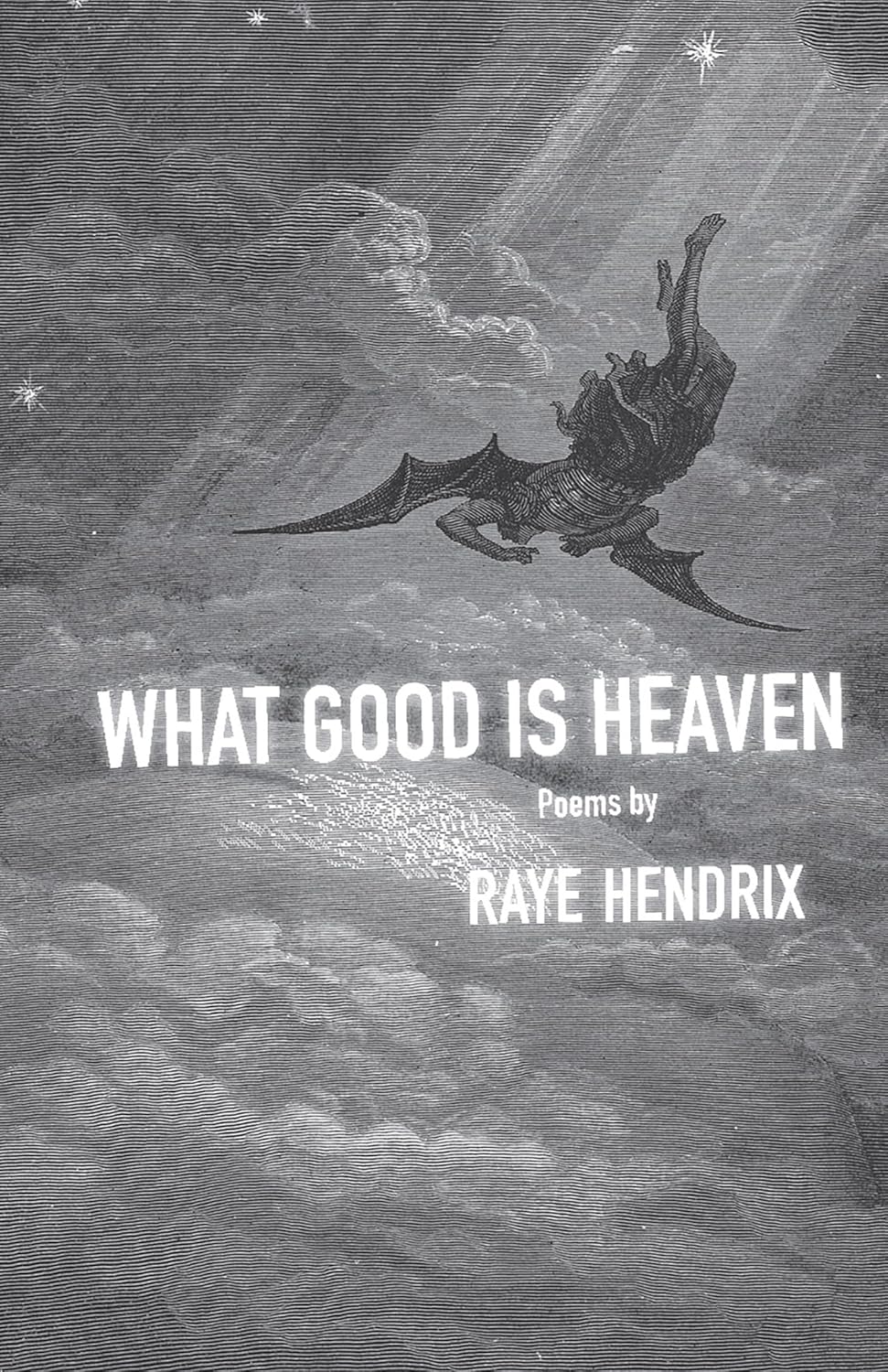
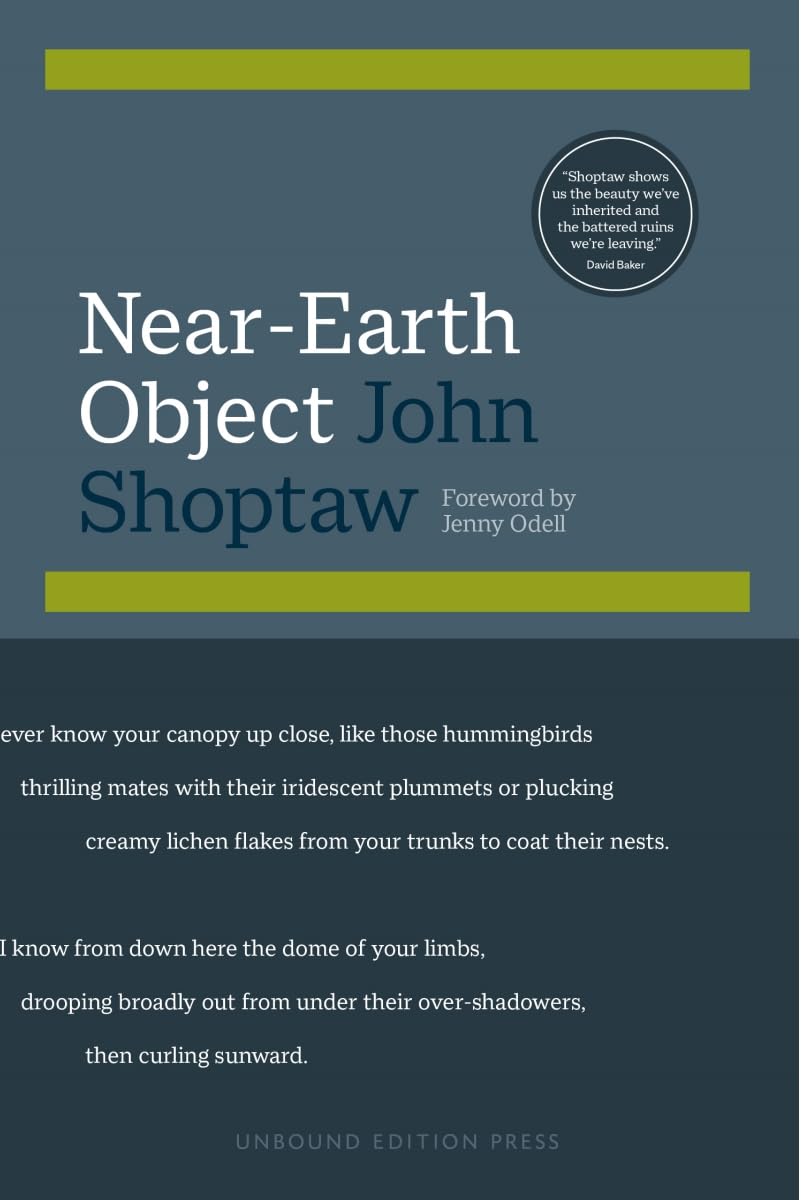
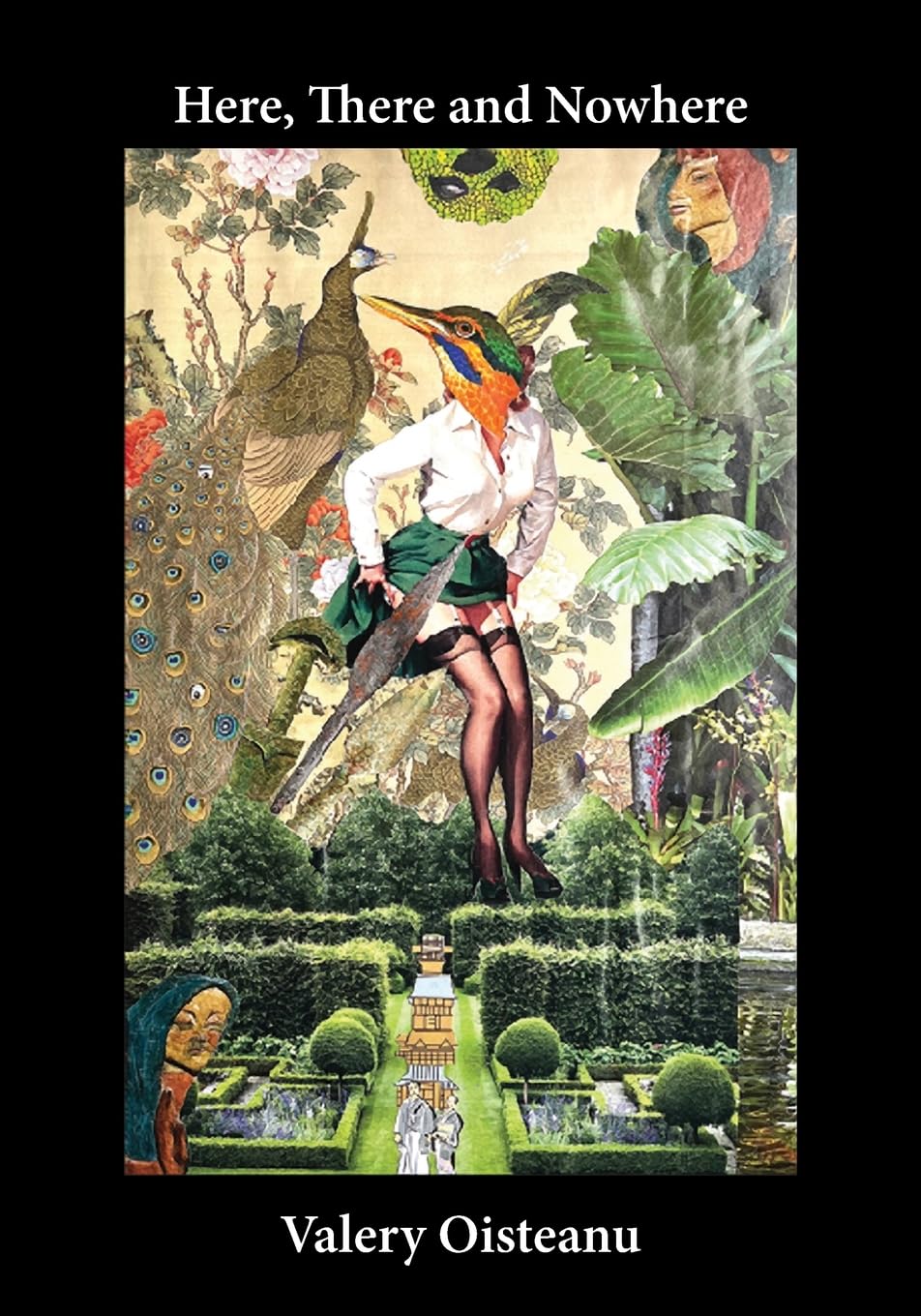
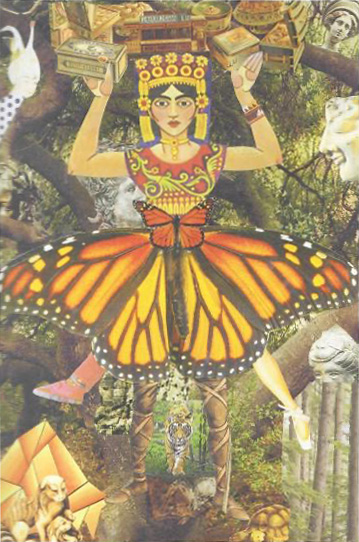 We march and we march some more
We march and we march some more 